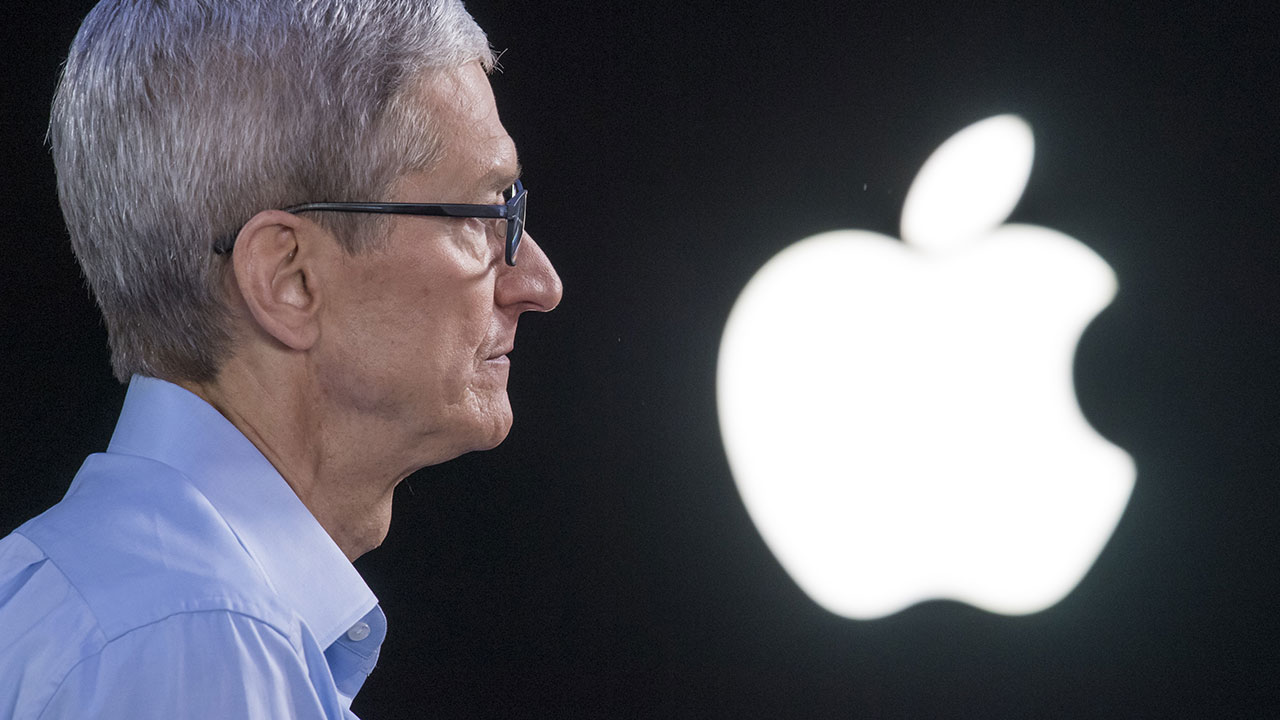Augmented reality is the future. Whether it be in gaming, work, or personal devices, AR is going to rule the world. Look at any futuristic movie and look at their heads-up displays. Tony Stark and Peter Parker proved that is can be cool, but their hardware seems to be decades away. If there is any company capable of giving consumers a wearable AR experience worth buying, it is Apple.

In a recent keynote in Dubland, Tim Cook, the Apple CEO, spoke on the importance of AR in the future.
“I’m excited about AR,” said Cook during a conversation with IDA Ireland CEO Martin Shanahan. “My view is it’s the next big thing, and it will pervade our entire lives. Yesterday, I visited a development company called War Ducks in Dublin – 15 people and they’re staffing up and using AR for games. You can imagine, for games it’s incredible but even for our discussion here. You and I might be talking about an article and using AR we can pull it up, and can both be looking at the same thing at the same time.”
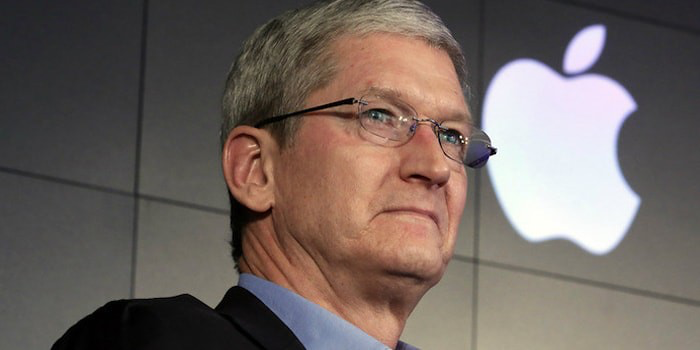
“I think it’s something that doesn’t isolate people,” continued Cook. “We can use it to enhance our discussion, not substitute it for human connection, which I’ve always deeply worried about in some of the other technologies.”
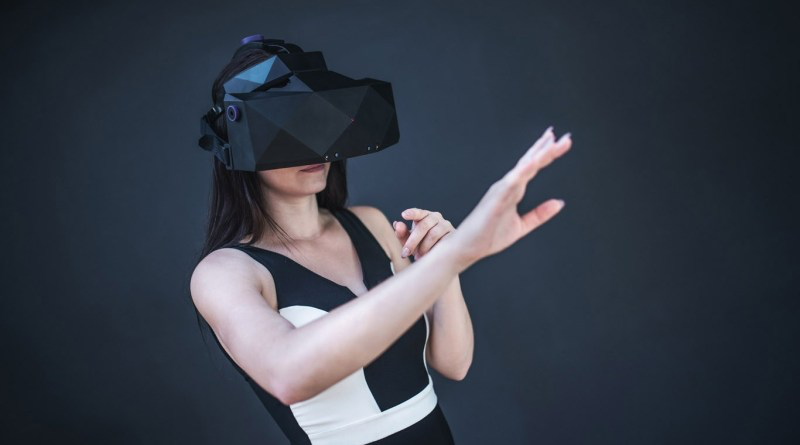
That is one of the biggest drawbacks of virtual reality. It might be fun to watch your shows or play your games uninterrupted, but it does isolate you from anyone near you, and also those who may be far away. Most headsets don’t allow you to view your phone while the headset is on. The lack of compatibility with mainstream technologies like smartphones and lacking inclusion for individuals not wearing a headset has resulted in the future of the virtual reality industry being questioned more than ever. Instead of VR being used for gaming and entertainment in the future, it seems like it will reserved for productivity or high-end gaming. This fate is similar to what we can observe today with high-end gaming PCs or engineering workstations – there is a place for these types of computers, but that place isn’t in the pockets of consumers being used for connecting and communicating with family and friends.
AR Augments VR
The idea that VR will die with the birth of AR is wrong. Although that might be the picture that many are painting, it’s false. Some of the best VR headsets are featuring a passthrough that allows AR to happen without ever having to the take the headset. There will be hardware with AR first designs in the future, but for now, this passthrough cameras on a VR headset is the best we have today.
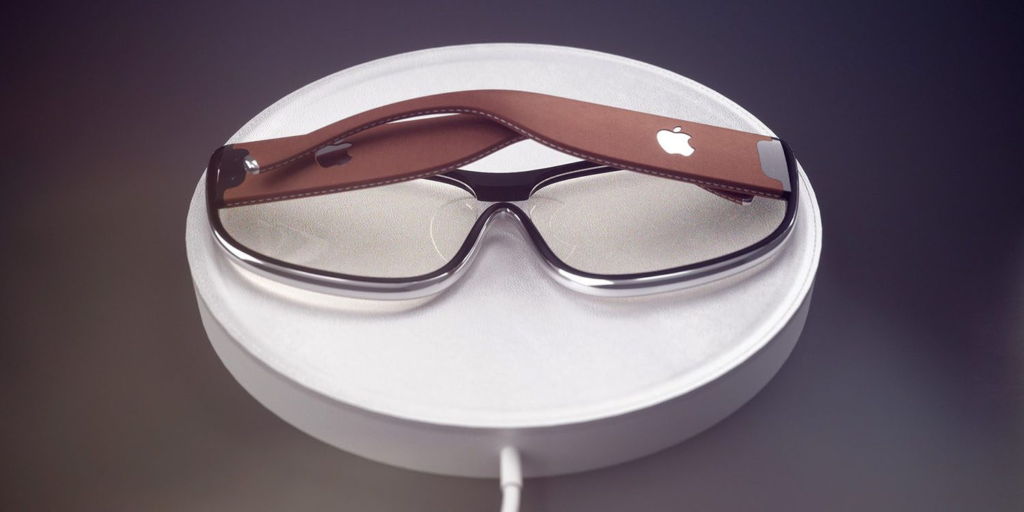
With that being said, there are certain benefits of having AR handy at all times – not the type that we are messing around with on our iPhones today – the type of AR that is wearable and unobtrusive. All iPhones, starting with the iPhone 6S (released in September, 2015), have AR capabilities. Cook has continued to promote the ideal human interaction as being enhanced by technology, not distracted by it. More than once Cook has referenced AR’s ability to enable individuals to view digital content in real time, in-person. Contrasting this with VR, which Cook implied is designed to isolate people. Being able to pin digital content like a news article, a picture, or video between you and other person, it’s easy to see why AR would enhance rather than distract from certain types of conversations and interactions.
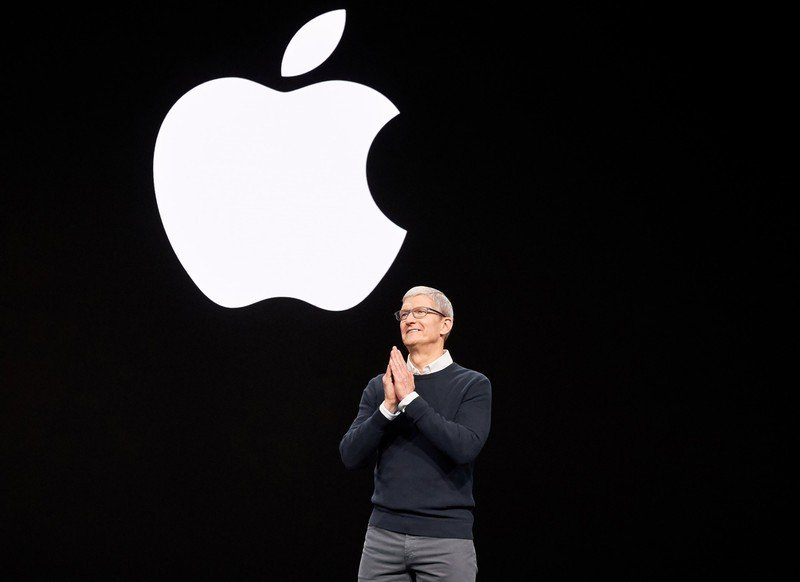
Being able to communicate effectively without looking down at your phone is already a struggle for many. If the only promise we get from a future filled with AR is people being more present during conversation, it would be a massive win for the future of humanity. A future filled with VR seems to promise the opposite, according to Cook. Instead of and interaction with a person enhanced with AR, VR seems to promise a virtual experience with an attempted inclusion of real people via uncanny-avatars.
AR Adoption
AR is already having a hard time staying prominent. Although it has been on phones since 2017, you don’t find too many people using it. There is a great amount of apps that use it, games that support it, and developers are trying to integrate it. Still, not many people have found a good use for it. The problem hasn’t been in device capability either. Although ARkit was first deployed two years ago, compatible iPhones were being sold four years ago.
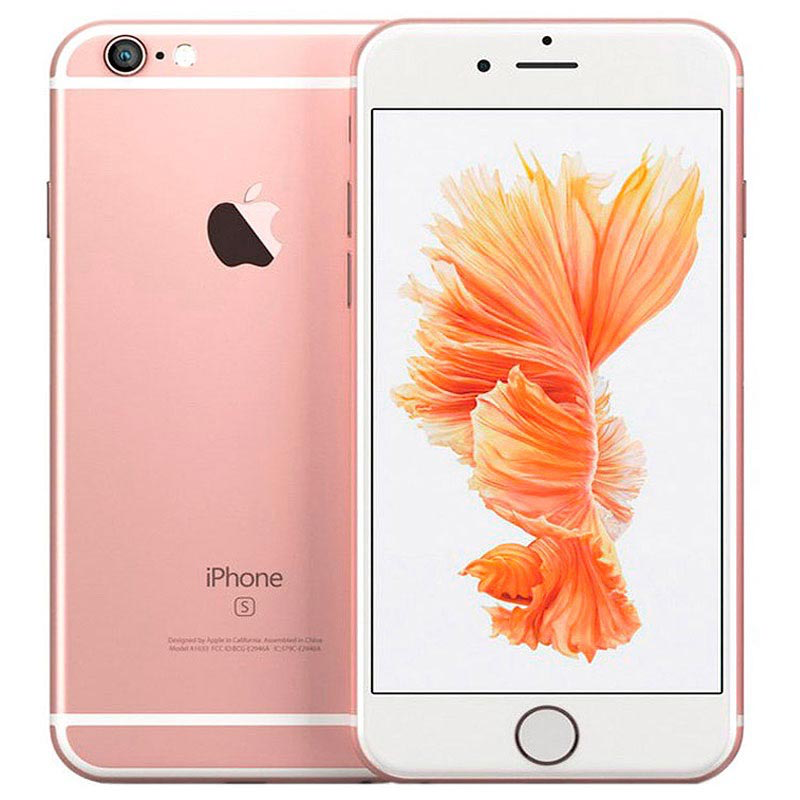
So what did Apple do to incentivize more AR use? The iPhone 11. The latest mobile device from Apple is more capable than ever. They switched out the telephoto lens on the standard model with the super-wide lens. Only the ‘Pro’ version of the iPhone 11 features the telephoto lens, hardware that has no AR use. The super-wide lens does, though.
If Apple wanted people to use AR more, their idea worked. Using AR with the wide lens on the regular iPhone 11 is a different experience than any other iPhone ARkit experience. The new lens doubles the field of view over the standard lens, something all AR hardware needs to create real pass-through visuals that align with the real world. The iPhone 11, even when used only as a hand-held device, has allowed more people to experience the future.
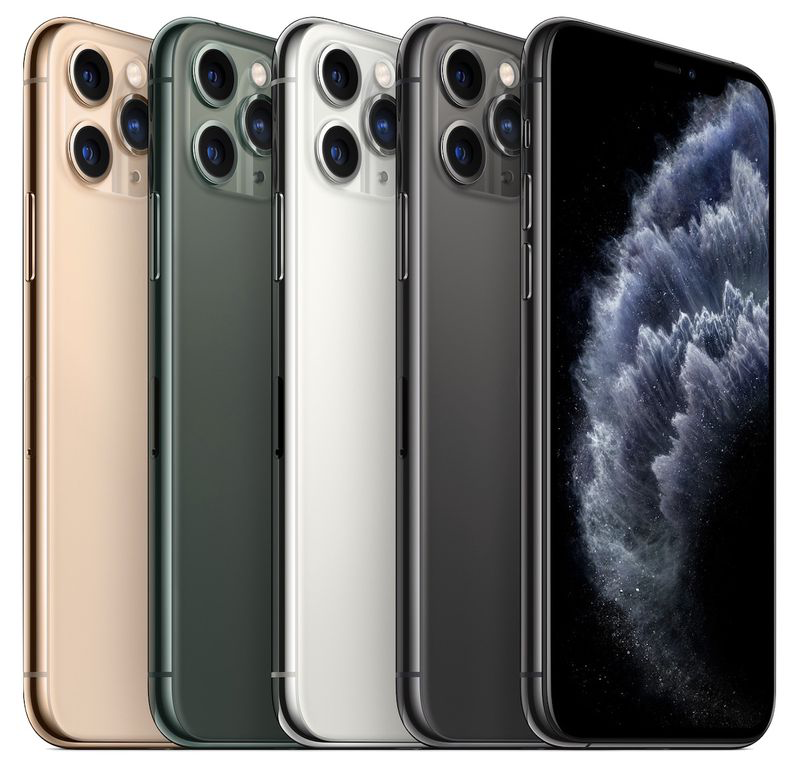
From what can be gathered from the Apple rumor-mill we’re likely to see an AR headset from Apple within the next 18 months. Apple has been steadily building up the AR eco-system by enabling App developers with examples and SDKs like ARKit (on version 3 now) to bring the future of computing in a massive way. By the time we see an AR headset from Apple the customers will ready, the technology will be familiar, and the industry will be clamoring for Apple to lead the way. Apple has been releasing hardware capable of AR, and that pace of innovation has consistently delivered, technology is finally there.
Health, AR, and Watch
If you go back and read some of the talks Tim Cook has presented, he is very big on the Apple Watch being beneficial to health. In fact, Apple has emphasized the use of the health app even without the purchase of the Apple Watch.
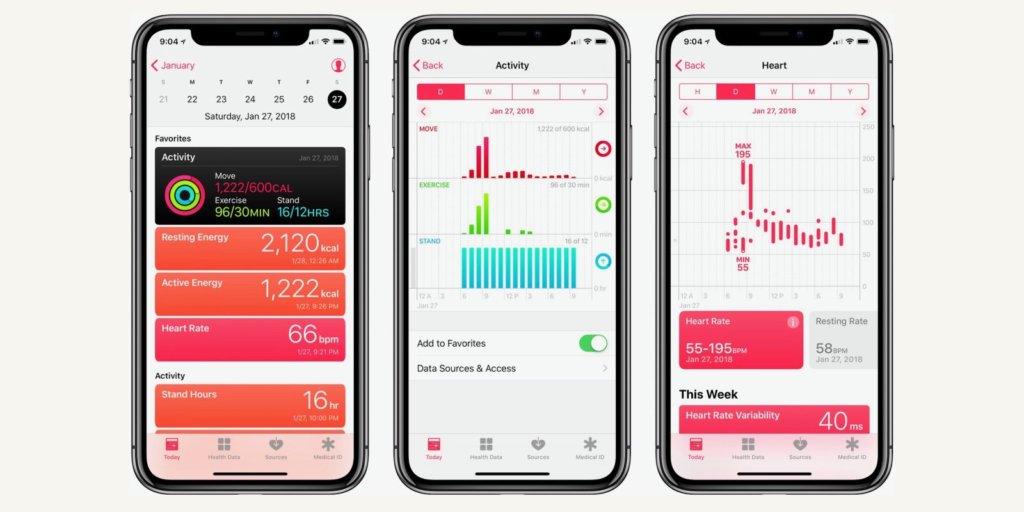
The trajectory of Apple Watch is not that different from iPhone, as both – along with AirPods – are central to Apple’s AR future. Apple Watch has been coined the ‘Intelligent Guardian for your health’ and provides personal, contextual, and intimate information and feedback that augments the day of each wearer. Devices like Apple Watch and AirPods are expanding the definition of Augmented Reality to mean much more than a simple digital overlay in the real world. These devices, along with an AR Headset from Apple, will truly enhance each person’s ability to effectively and productively interact with people and the world around them.

An AR platform from Apple will bring new focus and attention to your health, all enhanced by personalized feedback from technologies like Siri. Nutrition facts from your food, your daily activity, and your long-term health can be presented and reviewed at just the right moments of the day. This is going to change the lazy attitude many have about their health, as it will be constant reminder to get the couch and head to the gym.






















